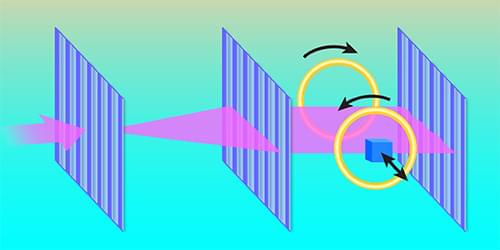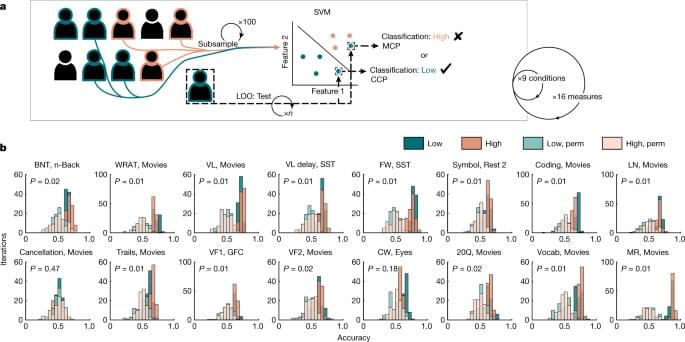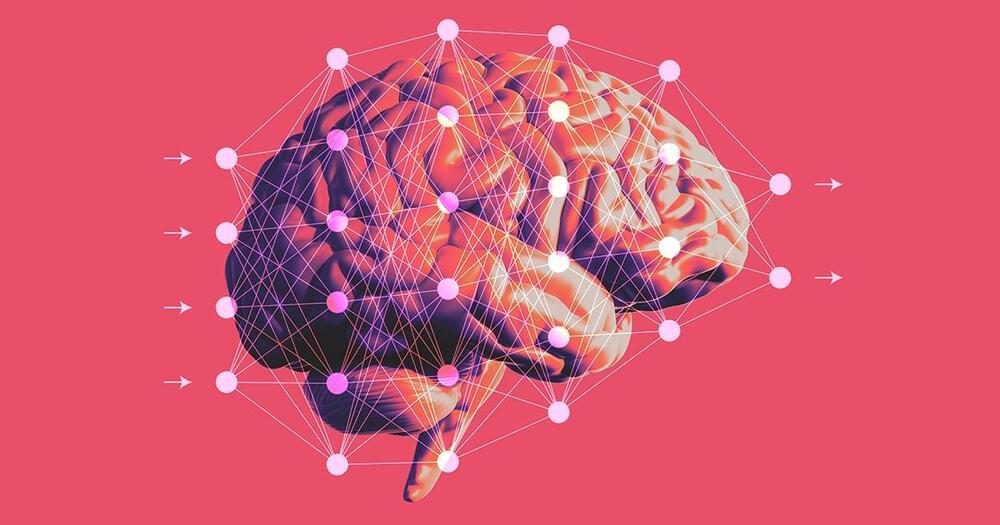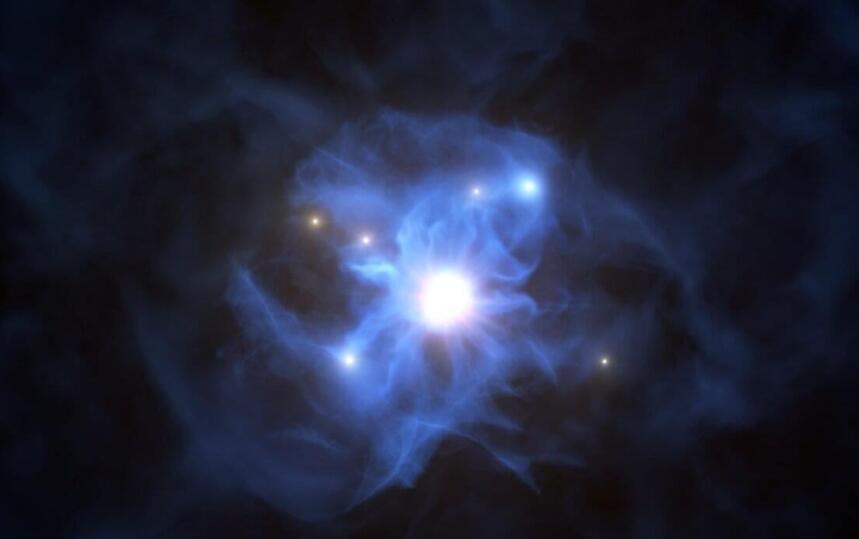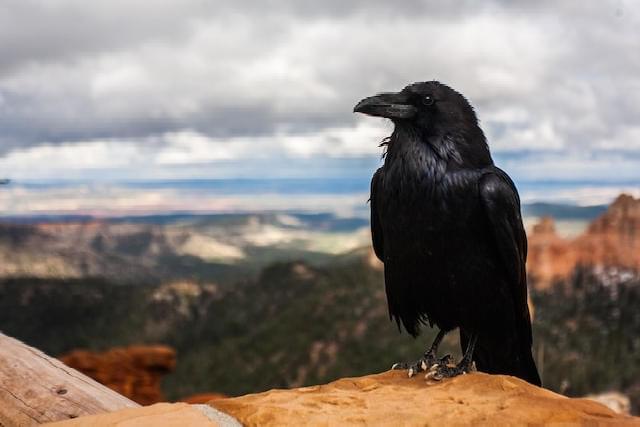A matter-wave interferometer can probe the magnetism of a broad range of species, from single atoms to very large, weakly magnetic molecules.
This year marks the centenary of the ground-breaking experiment of Otto Stern and Walther Gerlach that demonstrated the quantization of the spin angular momentum of an atom [1]. The evidence came from the observation that a beam of silver atoms, upon traversing a spatially varying magnetic field, split into two beams. The spatial splitting of the spin-up and spin-down atoms corresponded to an atomic magnetic moment of 1 Bohr magneton—the magnetic moment of a single spinning electron. The deflection of particle beams in a spatially varying magnetic field remains the basis of techniques for characterizing the magnetic properties of isolated atoms and molecules. Such techniques, however, aren’t sufficiently sensitive to study very large, weakly magnetic molecules, including many biological molecules.
